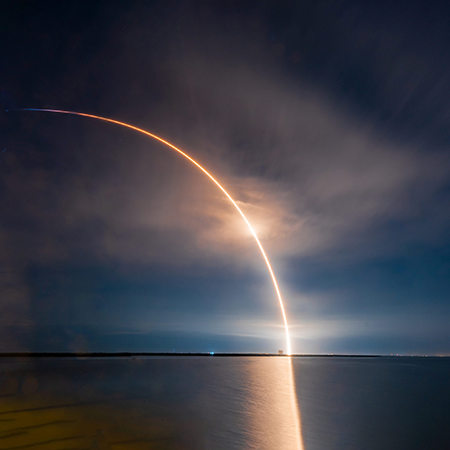
When it comes to staying connected while at sea, Seafarers have a choice to make: should they opt for Satellite communications like Starlink or choose LTE/5G broadband solutions?
In this article, we’ll delve into the specifics of these two technologies and explore when it’s better to use one over the other, particularly for marine applications.
It is a satellite internet constellation project developed by SpaceX. It involves a constellation of small LEO (low earth orbit) satellites orbiting the Earth, providing high-speed, low-latency broadband internet access to underserved and remote areas around the world, including those at sea.
LTE/5G Domes, provided by companies like POYNTING, are terrestrial-based internet solutions that utilize cellular networks. These domes are specifically designed for marine applications, ensuring a stable internet connection for the maritime industry. Among POYNTING’s solutions, two popular options are the RIPPLE and WAVEHUNTER domes.
For both these solutions it is important to consider its limitations and strengths when consider which option is best to use as communication solution for your vessel or yacht.
For most marine applications, starting with a POYNTING LTE/5G Dome should be your foundation. These solutions are reliable and well-suited for coastal sailing where cellular coverage is readily available.

However, if your voyages take you deep into the open sea, Starlink can be a valuable upgrade path to add to your LTE/5G solution. Starlink’s satellite coverage extends far beyond the reach of terrestrial networks, making it ideal for long-distance or deep-sea sailing.
While Starlink offers global coverage, it’s not without its drawbacks:
Think of it this way: using mobile phones on Wi-Fi at home or work saves us money and gives us a good connection. We only use more expensive mobile networks when Wi-Fi isn’t around. Similarly, near the shore, we can connect to LTE or 5G for a good connection without spending too much. But when we go far out into the ocean, Starlink is like a special option, helping us stay connected in those areas where we are outside of LTE or 5Gs reach. It’s like switching between Wi-Fi and mobile networks, but now we have more choices to get the best connection wherever we are.
In conclusion, the best option for marine connectivity depends on your specific needs and sailing habits. For most vessels, leisure boats and super-yachts that stay within 30-40 nautical miles off the coast, LTE/5G broadband solutions like those offered by POYNTING are an excellent solution. They are reliable, cost-effective, and readily available.
However, if your adventures take you into the deep sea, consider Starlink as an upgrade path to your existing LTE/ 5G solution. Its global coverage can keep you connected even in the most remote locations. This combination of both technologies offers you the best of both worlds, ensuring connectivity regardless of your location at sea.